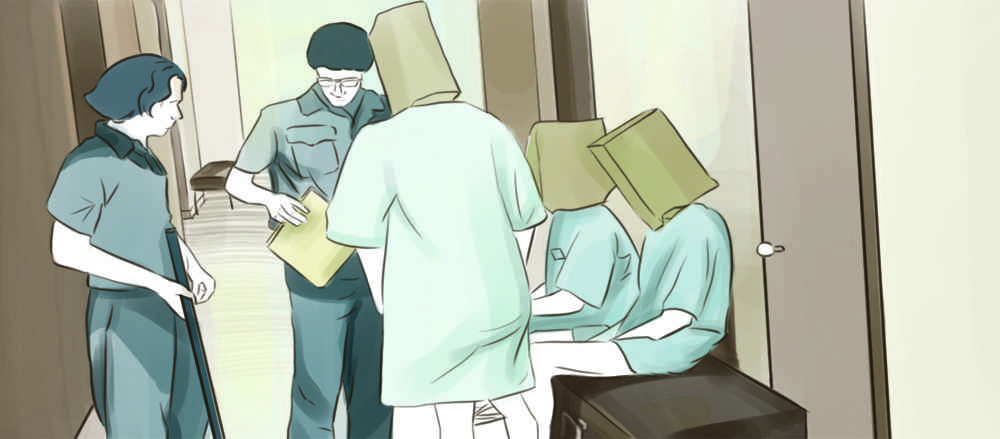On an August morning in 1971, wails of police sirens broke the quiet emanating through the sleepy town of Palo Alto. Bystanders looked on as police arrested their young, harmless neighbors. Once in the custody of the Stanford County Jail, a simulated holding facility on Stanford’s campus, the college students-turned-crime suspects were formally booked. They were stripsearched, and a chain was bolted around each prisoner’s right ankle to enforce their captivity. For six days, the men existed only to follow a schedule, subject to emotional and physical abuse. In contrast, the guards were free to act as they saw fit; 2:30 a.m. roll calls were not an unusual occurrence, and push-ups were liberally doled out as punishment for any offense.
On the second day of the study, prisoners rebelled. Taken aback by the uprising, the nine guards used a fire extinguisher to spray prisoners with freezing cold carbon dioxide, then barged into their cells and stripped them to reassert authority.
Thus far the guards had been employing tactics of physical harassment, but when it became clear that the prisoners were noncompliant, the guards shifted their strategy to that of psychological abuse. They moved the ringleaders of the rebellion into solitary confinement, then further split up the prisoners by transferring three of them into a designated “privilege cell.” This shifted the dynamic amongst the prisoners, replacing solidarity with competition.
You can't leave. You can't quit. Prisoner 8612
In the following days, the guards amplified their aggression and mistreatment of the prisoners, robbing them of their independence. Prisoner #8612 began screaming, begging to be released. Everyone assumed he was faking, leading #8612 to believe that he was forever imprisoned.
“You can’t leave. You can’t quit,” he said. #8612 was so troubled by the experiment that the facilitators finally agreed to release him. But when rumors of an escape plan involving #8612 surfaced, the psychologists and guards moved all of the prisoners to a different floor. Their efforts were ultimately unnecessary as the escape was never attempted, but the guards retaliated to the rumor by intensifying harassment anyway.
At one point, prisoners were given the option to speak to a priest, but #819 asked to speak to a doctor instead. He had reportedly spent multiple days without food or sleep. The psychologists moved #819 to another room to preserve his sanity, but the guards forced the other prisoners to chant “#819 is a bad prisoner.” Their voices carried over to #819’s room where he was found sobbing, despondent about this label.
The prisoners became lost in the experiment, even introducing themselves with their identification numbers. Upon seeing the dramatic effects of the experiment on the participants, Christina Maslach called for an end to the study. Maslach was the first to declare the experiment as unethical. So, after six days of observing the motivated college students transform into hopeless shadows, the psychologists made the choice to end the study prematurely.
Related Stories
The Third Wave at 50 by Emma Cockerell and Stephanie Lee
Ron Jones: After the Wave by Emma Cockerell and Stephanie Lee
The Third Wave: Timeline of events by Emma Cockerell and Stephanie Lee
The Third Wave: Recognition in the Media by Emma Cockerell and Stephanie Lee
What Happens When We Accept Torture: Why the Stanford Experiment Still Matters by Julie Cornfield and Saurin Holdheim
The Details of the Stanford Experiment: What Really Happened by Julie Cornfield and Saurin Holdheim
Dear Grandma: Why Haven’t We Learned From the Past? by Noga Hurwitz




